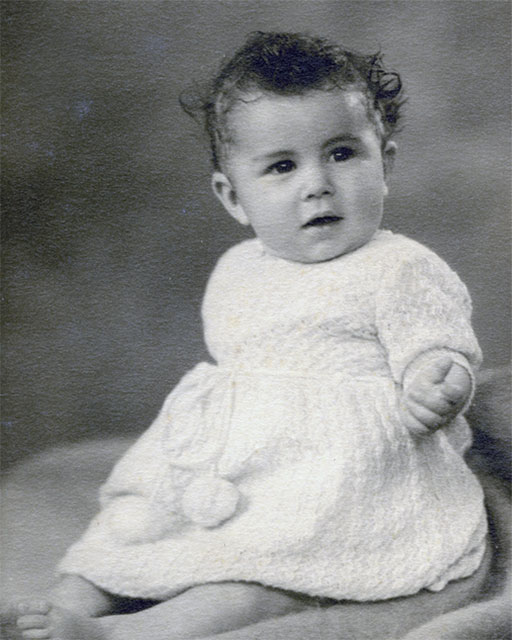
In an effort to expedite citizenship cases, the Italian Parliament issued law no. 206/2021 on December 24, 2021. Along with reforming the judicial system, this new law impacts multiple civil lawsuits, most notably 1948 cases. Before diving into its specifics, it’s important to lay the background for how and why these changes were necessary.
It’s no secret that a country’s legal system is in place to protect its citizens by enforcing laws and effectively responding to various political, moral, technological, economic, and social challenges. As society moves forward, these laws must evolve with it to remain relevant to the current climate. Concerning citizenship, the Italian government has shown itself open to change, amending its position numerous times since the Kingdom of Italy was founded on March 17, 1861. There’s no doubt that the country has shown itself favorable to those seeking citizenship by descent, highlighting its willingness to embrace Italians across the globe.
June 13, 1912 – Italy adopts the first law detailing the regulation of Italian citizenship acquisition with provisions to safeguard citizenship rights for the children of immigrants who fled in 1800 due to the diaspora. Under this law, children born in foreign countries retained Italian citizenship if their father remained an Italian citizen when they were born. Since, at the time, only men were permitted to impart citizenship to their children, this law excluded those born to Italian women with a father who had naturalized to a foreign nation. Following Italy’s transformation into a Republic on June 2, 1946, and the adoption of its constitution on January 1, 1948, an amendment to the prior law took place, allowing equal citizenship conveyance rights to women. However, it only applied to children born after January 1, 1948.
Due to this birthdate exception, anyone seeking descent citizenship from a female ancestor with a child born prior to this date can only claim it retroactively by filing a 1948 case and undergoing a judicial proceeding. However, if your female ancestor had a child after January 1, 1948, you may file a citizenship application at an Italian municipality or Italian consulate. In 2009, the Court of Rome set a precedent for retroactive Italian citizenship by stipulating that the constitution established gender equality and it should take effect retroactively. The Court chose to extend this principle to the law that was passed prior to the constitution’s adoption, affirming that female ancestors had the right to pass citizenship to their children, providing they didn’t naturalize voluntarily prior to their child’s birth.
How the Italian Law Works
Before law no. 206/2021, the Court of Rome and the Office of the Ministry of Interior dealt with all 1948 lawsuit cases. With its adoption on December 9, 2021, and application on December 24, 2021, this law was published in the official journal of the laws of the Italian government (Gazzetta Ufficiale), stating when “the petitioner resides abroad, the lawsuit must be filed at the court that covers the jurisdiction of the Italian father, mother or ancestor’s municipality of birth.” This modification means that those seeking Italian citizenship must file all 1948 cases within courts at the regional county seats covering the jurisdiction from the municipality of their Italian ancestor’s birth. These new provisions are only applicable for cases that were filed after June 22, 2022, since the law required a 180-day implementation period following its adoption on December 24, 2021.
One of the goals driving this reform is to enhance the efficiency of the Italian judicial system. The objective is to lighten the Court of Rome’s workload, which previously dealt with all 1948 cases, reducing lawsuit processing times by 40%. It is important to note that all regional county seat courts have differing processing speeds and jurisprudence, and all lawsuits will undergo a thorough review before being filed in their specified court.
While the reception of the law’s implementation is varied, there is uncertainty surrounding how it will impact 1948 cases. It is unlikely that the success rate of these cases will vary since citizenship is generally granted in all courts for lawsuits filed after 2009. Additionally, in most cases, the Italian government does not represent itself any longer, nor is the Italian Ministry of the Interior represented by state attorneys. However, keep in mind that all cases are unique, and every court can asses if the applicant meets dual citizenship requirements.
Understanding the 1948 Case Application Process
Petitioners seeking to file a 1948 case must provide verified vital records of the applicant’s family (i.e., death and birth certificates, divorce, and marriage) along with naturalization records from their Italian-born ancestor. If the ancestor was an Italian-born woman who didn’t naturalize, the petitioner must provide a Letter of Negative Search from NARA (the National Archives and Records Administration) and a Certificate of Non-Existence of Records, which they can retrieve from the USCIS (U.S. Citizenship and Immigration Services.) All records must be translated into Italian and authenticated by an Apostille.
Unlike applications submitted to the Italian consulate, all translated records must be certified before submission. The petitioner must cover the cost of their state-specific vital record retrieval and authentication and the translation certification. These costs vary and are dependent on the total number of records requiring translation along with the amount of revenue stamps necessary for the translation certification process. The average cost is between €200 and €500, not including a €286 lawsuit filing fee. In general, providing the clerk of the courts with all applicable documents is the fastest way to obtain certification. After the lawsuit is filed, it is assigned to a judge who is responsible for scheduling the first hearing, where they will examine all vital records. If all documents are present, they will make a same-day decision granting or denying the petitioner’s claim for citizenship. The length of time between the judge assignment and the hearing can vary greatly depending on their availability, lasting between two and eighteen months or more.
If the judge grants citizenship and the petitioner wins the case, the official ruling is filed with the clerk of the court, and the petitioner’s attorney is notified. A waiting period of 60 days is required for the ruling to become final and not eligible for an appeal. Once complete, the applicant can obtain a copy of the ruling with an official seal indicating the final judgment (sentenza con passaggio in guidicato.) The applicant must then register the judgment in their residential jurisdiction at the Italian consulate. Next, a certified copy of the final ruling and a birth certificate for the petitioner are sent to their ancestor’s municipality. Once their birth certificate is registered, the petitioner is officially an Italian citizen. For applicants residing abroad, following the registration of the final ruling, they can register with AIRE (Registry of Italian Citizens Residing Abroad) and submit an application for an Italian passport at the Italian consulate covering their residential jurisdiction.
For more information regarding 1948 cases and updates to laws affecting those seeking Italian citizenship, please contact us at info@italiandualcitizenship.net.
This page was last updated with help by Marco Permunian





